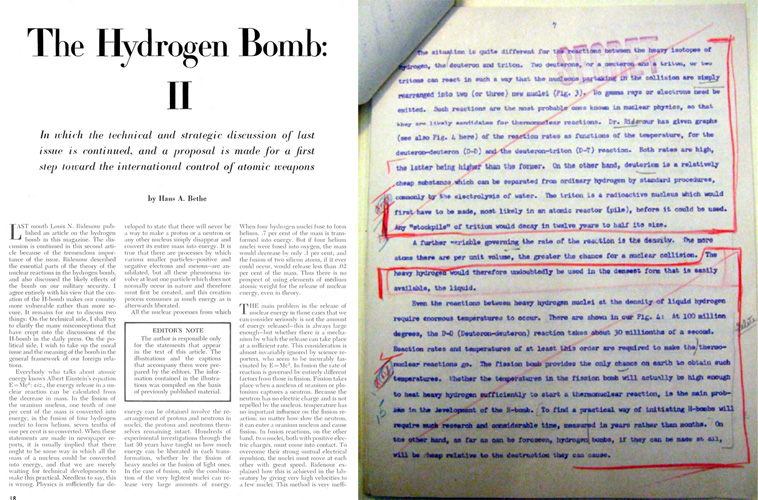March 31 was an important date in the history of American censorship. As noted by the invaluable Today in Civil Liberties History calendar, on this date in 1950 the government was burning magazines:
In an incredible act of censorship, the U.S. government seized and then burned 3,000 copies of the highly respected magazine Scientific American. The magazine’s offense was an article on the atomic bomb, which the government claimed contained the “secret” to producing a bomb.
A 2008 academic paper, “The Forgotten Censorship of Scientific American in 1950,” recalls the dramatic scene at the magazine, as it was reported by the New York Times:
“A total of thirty-two pages were cut apart and burned in the incinerator,” the Times reported. In addition to destroying the 3,000 magazine copies themselves, the AEC (U.S. Atomic Energy Commission) brought the linotype slugs to the “smelting room,” destroyed the printing plates, and confiscated the complete “galley, page and foundry” proofs.
In short, the government destroyed all printing evidence of Bethe’s original article on the hydrogen bomb.
The magazine would go on to print a government-approved version of Hans Bethe’s article. A curious sidenote to the destruction of this particular article, as Alex Wellerstein noted, is that was actually the second Scientific American piece that year discussing sensitive material about nuclear weapons. But the first one, written by someone with no connection to the government, attracted no attention.
If this case doesn’t ring any bells, a very similar case nearly three decades later caused a much bigger stir. In 1979 the Progressive magazine was set to publish “The H-Bomb Secret: How We got it — Why We’re Telling It.” In the magazine’s pages, reporter Howard Morland, after interviewing government officials and reviewing documents, sought to explain the workings of a hydrogen bomb.
When a final draft of his article was submitted to the Energy Department for comment, the government urged the Progressive not to publish what they considered to be secret data. The government wound up seeking a temporary restraining order to block publication of the story; the Progressive had few allies in the press — major publications like the New York Times and Washington Post were not supportive of their position.
The Progressive argued that many of the details in the piece were already in the public domain anyway, so it could hardly be considered a road map to building a nuclear weapon. After weeks of somewhat confusing revelations and disclosures, the government dismissed their case against the magazine, which published its story in November of 1979.
While United States v. Progressive, Inc. remains something of a landmark, the issues it raised are very relevant today. Just last week the New York Times published a lengthy profile of Kenneth W. Ford, a physicist who worked on the U.S. hydrogen bomb program who “has defied a federal order to cut from his new book material that the government says teems with thermonuclear secrets.”
The Times reports:
He said he included the disputed material because it had already been disclosed elsewhere and helped him paint a fuller picture of an important chapter of American history. But after he volunteered the manuscript for a security review, federal officials told him to remove about 10 percent of the text, or roughly 5,000 words.
Ford’s book has been published by a Singapore-based company called World Scientific — and the Energy Department — with its history of magazine-burning and court action — “declined to comment on the book’s publication.” Steven Aftergood of the Federation of American Scientists figures the government will do nothing to stop publication of Ford’s book, telling the Times that any such action “is only going to magnify interest.”


